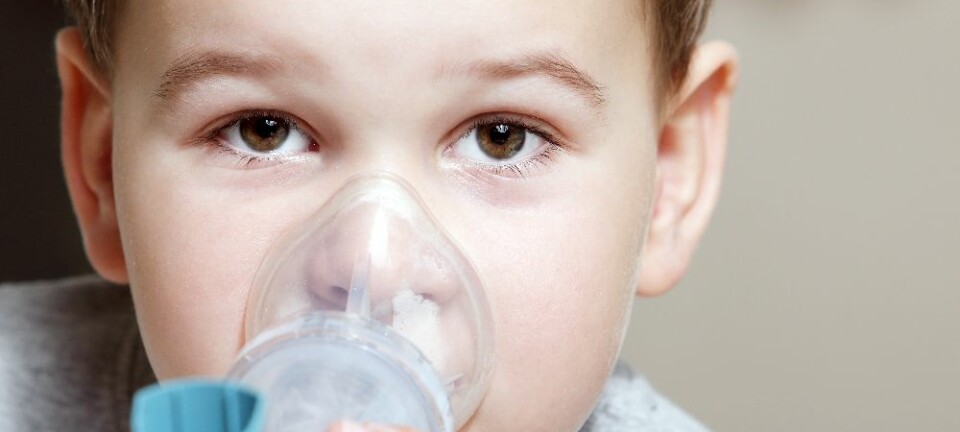
Only minor effects on fertility from environmental contaminants
Environmental contaminants cause less harm to human reproduction than feared, concludes EU study.
Last week, some 40 scientists from universities all around the world gathered in a small conference room in a Copenhagen hotel to discuss their latest findings on the health hazards of environmental contaminants and climate change.
The event marked the culmination the three-year-long EU study ‘Climate Change, Environmental Contaminants and Reproductive Health (CLEAR)’, which is headed by Danish scientists.
Since 2010 the CLEAR project has aimed at assessing whether global warming causes an increase in the spread of the already widespread environmental contaminants such as PCB and PCF and whether increased exposure is a threat to human reproductive health.
The short answer to both questions is no, said Professor Jens Peter Bonde of the Department of Public Health at Copenhagen University.
Most people probably feel they already know about the negative effects of environmental contaminants but with this study we can conclude that these contaminants really pose no major threat to human fertility.
“Most people probably feel they already know about the negative effects of environmental contaminants but with this study we can conclude that these contaminants really pose no major threat to human fertility,” he said.
On top of that, he added, their data indicates that global warming will not increase the spread of contaminants around the Arctic areas and the rest of the planet.
Largest ever study of link between contaminants and fertility
Some 1,400 pregnant women and 600 spouses from Greenland, Hungary and Poland were examined for the CLEAR project, which is the largest project so far to study the effect of more than 20 known environmental contaminants’ toxicity on human fertility.
While no major negative effects were found on the subjects’ reproductive health, the scientists did see cases of harmful properties from the contaminants of which most have been banned by the UN since 2004.
”We found some minor correlations between contaminants and lowered sperm quality plus hormone changes in men,” conceded Bonde.
He did, however, add that it these effects may not be of clinical relevance.
”We’d rather emphasize on the fact that we’ve carried out extensive analyses of contaminant levels in men and women and that the general picture looks peaceful.”
No major changes in reproductive health
The €3.2 million project’s conclusions are not, however, without its reservations:
Most notably, the scientists themselves stress that their research has predominantly focused on male fertility and, more importantly, they cannot say whether fetal exposure to the toxins will have pronounced long-term effects on adult reproductive health.
Bonde underlined the difficulty of ever producing a sufficiently thorough study when it comes to environmental contaminants as he said there will always be uncertainties.
While CLEAR has focused on a select group of toxic pollutants, the fact remains that there are thousand of other pollutants with similar harmful properties.
”But what we want to focus on here is that our results show that these environmental contaminants do not seem to cause any major changes in human fertility.”
--------------------
Read the Danish version of this article at videnskab.dk
Translated by: Kristian Secher









